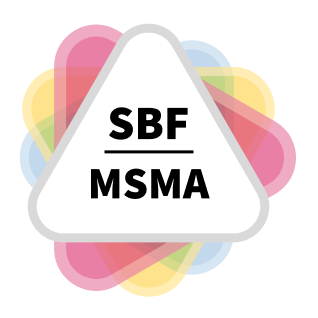In Staging Better Futures/Mettre en scène de meilleurs avenirs, «beneficiaries» and «audiences» are key terms, which have specific meanings within the project and which are important to understand both separately and in relation to each other.
The beneficiaries of SBF/MSMA are the populations in Canada which the project exists to serve: minoritized theatre students (including Indigenous, racialized, diversely gendered, disabled, Deaf, socio-economically minorized, and linguistically minoritized students); and minoritized educators. Within the values and wise practices of the project, it is the voices and experiences of our beneficiaries that we should centre and highlight.
The project’s approach, informed by community-driven, feminist relational design research methodologies, involves an ongoing process of research, action, and reflection towards the creation of an emerging repertoire of wise practices. At the centre of this reflexive, process-based approach is the guiding question: “Are we doing the right thing?” Other ways of asking this question include: “Is what we are doing serving our beneficiaries? Are we developing wise practices which contribute to the improvement of teaching, learning, and working conditions for minoritized theatre students and educators in Canada, improvement that is sustainable at institutional and systemic levels?”
Some intended beneficiaries will be directly involved in SBF/MSMA through participation in cluster research activities, and will be engaged and compensated by their home institution for this participation. This activity may include work as (for example, and not limited to) artists, technicians, craftspeople, instructors, research assistants, and teaching assistants. One of the explicit aims of the project is to help correct the imbalance of labour associated with making change, which has historically fallen and still falls disproportionately on minoritized students and educators, and which has not been recognized nor compensated. As such, care needs to be taken not to weigh down intended beneficiaries with excessive demands and expectations around representation, labour, and consultation. Participation needs to be considered and consensual, and involve appropriate compensation. A mark of the project’s success will be that a much broader field of intended beneficiaries, present and future, will see conditions of teaching, learning, and work improved via the project’s activities.
When referring to audiences within SBF/MSMA, this means the populations we intend to reach with our research. Considering the intended target end user(s) of the research and creative activity we undertake is a crucial part of the planning and execution of SBF/MSMA projects. These audiences could be (for example, and not limited to) academics, students, university leadership and administrators, unions, industry leaders, the theatre industry at large, government officials/decision-makers, the media, or the general public, or some combination of these. Our goal with this project is to make real and sustainable change in educational and other institutions in order to improve teaching, learning, and working conditions for our intended beneficiaries. As you shape your projects, it’s important to ask yourselves the question: Who do we want to take up the wise practice we are developing? Who do we want to reach with our work and why might they be interested in and compelled to take up what we’re doing? Who has the agency and resources to effect institutional and systemic change?
Research may inform audiences through one-way communication (such as a conference paper, information brief, or theatrical performance), and it may involve audiences directly through teaching and learning, discussions, and focus groups. Given that the goal of our project is the taking up of wise practices, it’s important to bear in mind that labour is expected of audiences: We need to target audiences that have the time, resources, and influence to do this work.
When thinking about beneficiaries and audiences together, the question “Who we are doing this for?” carries a double meaning. Undertaking project activity in order to improve conditions for minoritized students and artist-educators is not the same thing as undertaking project activity to reach and influence intended audiences. The intent of reaching and influencing intended audiences is to compel them to take up wise practices in order to improve conditions for the project’s intended beneficiaries.

